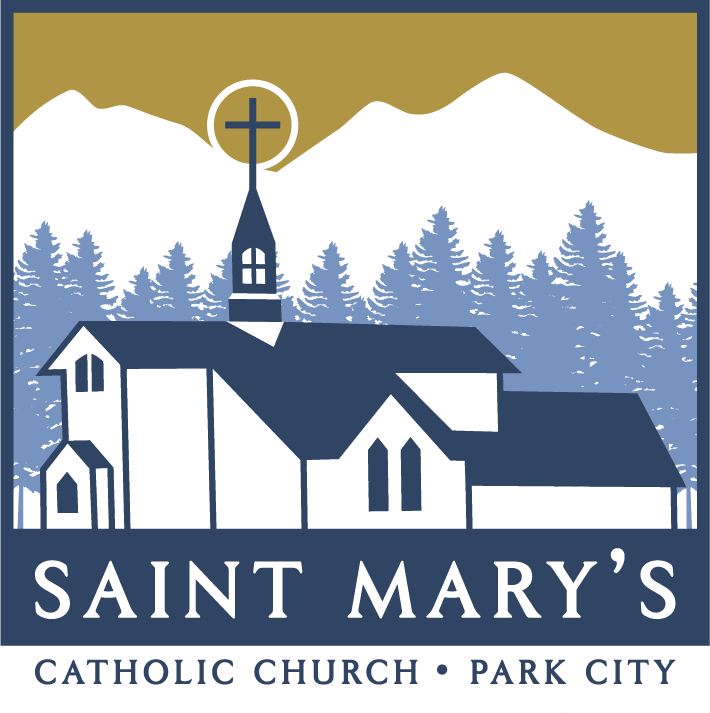ST. MARY'S E-REFLECTIONS
Feast of the Conversion of Saint Paul, Apostle, January 25th
St. Mary's has created its own free collection of Daily E-Reflections.
Please share with your family and friends! They can subscribe here.
Please share with your family and friends! They can subscribe here.
The Greatest Conversion
Feasts in the Catholic Church are usually celebrated in memory of a particularly important individual in the foundation of the Church or a moment in the life of Christ. However, when it comes to someone as significant to the Church as St. Paul, a mere feast exclusively in his memory or marking his death is simply not enough. Paul was not just another Apostle or another Christian; he became the defining example of quite possibly the most important group in the history of Christendom - the converts. As a result, we celebrate the feast of his conversion as the culmination of his identity and his life on behalf of the Church. There were plenty of “converts” who came before him; in fact, all of the early disciples were converted when they encountered the human being Jesus Christ and decided to leave their lives behind to follow him. But Paul’s conversion was radically different, and it set up the opportunity for those who came after Christ to discern a mystical encounter with him and a conversion not predicated on an encounter with the human being Jesus Christ.
Paul outlines his conversion story in today’s first reading from the Acts of the Apostles. For the more important details, we are all familiar with them. However, Paul mentions certain details that are usually overlooked. First, he mentions that he was taught by Gamaliel. By naming his teacher, he was validating his credentials as a true scholar of the law. Second, he explains exactly what his role was in persecuting the early Church, which was physically binding Christians and handing them over to the authorities. Third, it was another expert in the law named Ananias who brought Paul to sight once more, and who happened to be a Christian himself. In the original account, God speaks to Ananias and describes Paul as “a chosen instrument.” We celebrate the conversion of Paul (as a feast, we do not celebrate anyone else’s conversion) because it is the prototypical experience of metanoia, a complete conversion of the heart. Before his conversion, Paul assumed he knew the truth and exercised what he considered justice of the law simply because he studied it. But it was another master of the law who literally opened his eyes to the actual truth - the loving power of Jesus Christ. Not everyone is Christian, and not every Christian is Catholic. But all Catholics who wear that label with delight came to become Catholic by being led to that point by someone else. Maybe someone who was once a science-focused atheist was led to accept Christ by a science-focused Christian. Maybe a biblically-focused Protestant was led to Catholicism by a biblically-focused Catholic. Maybe a person who desired to be loved was led to God by someone who loved them. One thing is certain: the story of conversion is not possible with a single individual. It requires a community.
In the story of the conversion of St. Paul, the underlying theme is ultimately a message of hope. For the greatest enemies of the Church, there is hope that they may have their eyes opened to their errors. For us sinners, there is hope that we are forgiven. For those who are the victims of persecution, there is hope that their persecutors may one day become their fiercest defenders. Christianity is a story of hope, and there is no better expression of the human virtue of hope than in the conversion of a single soul. This is a community effort, though; when all is said and done, hope will pass away because all that we expect and wait for will be completed. What will be left is love, which is only possible when there is one to love and one to be loved. A movement from hope to love led Paul to embody the potential that all souls have in Christ.
Today's Readings:
Sent by Anthony Jewett on Thursday, January 25, 2024 at 3:00AM

